Posted by Maris on 1st Apr 2024
7 Rural Scottish Villages That Are Straight Out of a Storybook
Without a question, the largest cities in Scotland are stunning. The Old and New Towns of Edinburgh and the Merchant City district of Glasgow, among other places, have cobblestone streets, a mediaeval castle, and 18th-century warehouses that transport tourists across time. However, Scotland's true charm is found in its rural areas rather than its cities. In addition to offering visitors peace and quiet, the wild, rocky, and verdant landscapes of the Celtic nation are dotted with breathtaking towns that are cut off from the bustle of contemporary life. These villages also offer a time-traveling experience that rivals the greatest seasons of Outlander. These seven locations will transport you back to bygone eras of Scotland, from a sleepy fishing community in the Scottish Borders to an abandoned village on the remote St. Kilda archipelago.
Crovie, Aberdeenshire
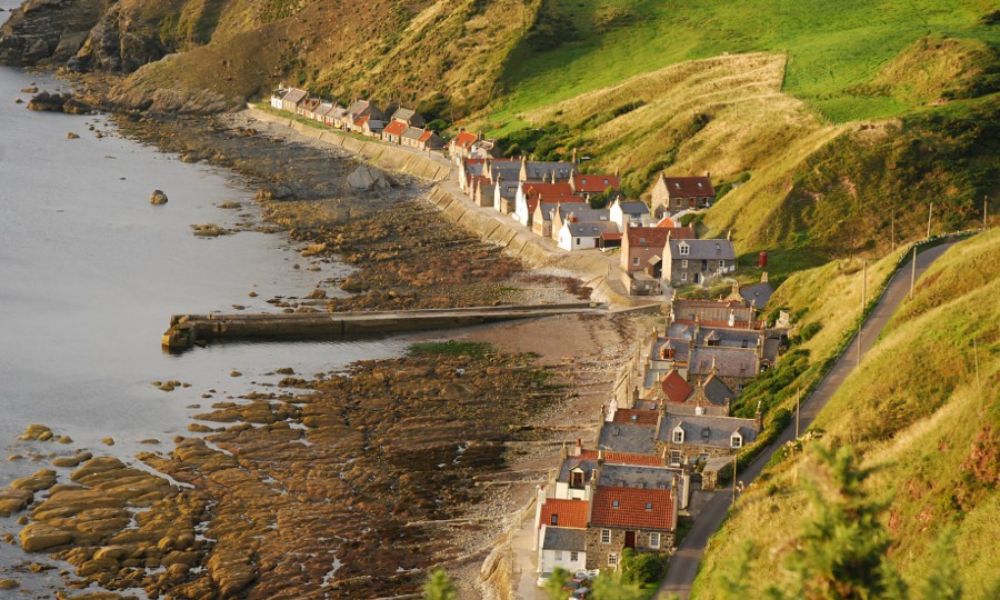
Few settlements are closer to the water than Crovie if that's your preference. The modest fishing community is the stuff of legends, situated at the base of lush, rolling hills, right on the North Sea coast. You cannot, and should not, drive about the village. As the residents do, you must park at the viewpoint perched atop the cliffs above, or at the lot located immediately before the one and only steep road that leads down to this little piece of Scottish heaven.
The only way to fully appreciate Crovie in all its grandeur is to break a sweat on the somewhat steep ascent and descent. Praised by Visit Aberdeenshire as "the narrowest space between shore and cliff of any Scottish village, and the best preserved fishing village in Europe," Crovie is situated across the larger but equally gorgeous village of Gardenstown, where you can find lodging for the night. You should be captivated by the vistas for a long time, but Gardenstown offers more historical attractions like the Kirk of St. John, art galleries to browse, and unexpected fauna like dolphins that can be seen in the harbor.

Luss, Argyll and Bute
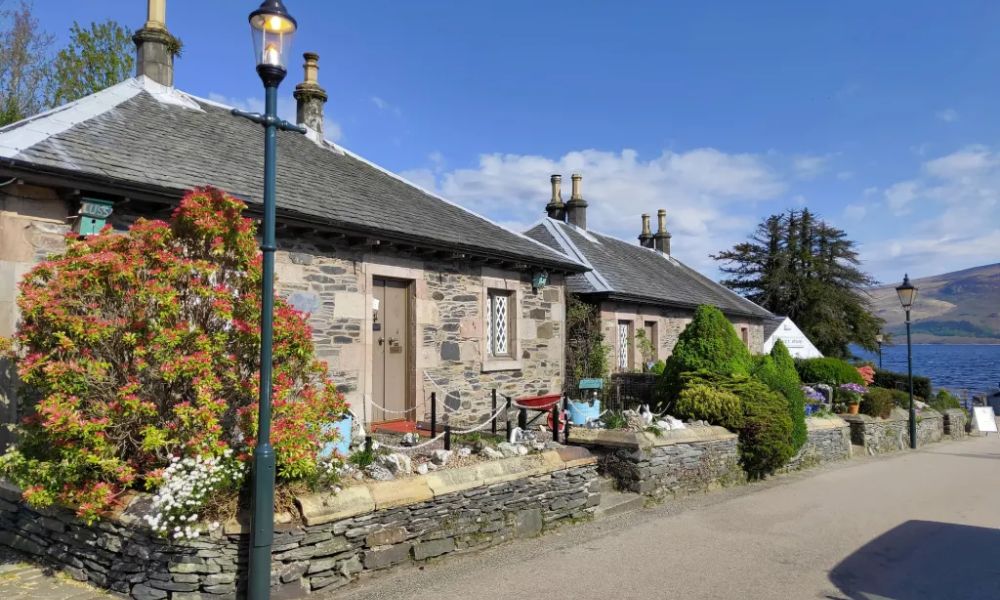
Although there may be a lot of tourists in Luss, don't let that deter you—visitors are there for a purpose. With picture-perfect sandstone and slate homes from the 18th and 19th centuries lining the streets in a way you'd only imagine was conceivable on TV, the village is practically a cliché of rural life in Scotland. As spring and summer arrive, flowers flowering in the front gardens and on the facades add even more romantic touches to the already dreamlike scene. See the stunning ceiling and stained-glass window of the nearby 19th-century church after meandering through the streets and (literally) smelling the roses. The area was populated in the Middle Ages, as evidenced by the graveyard there with much older stones. The settlement is situated within the Trossachs National Park and on the shore of Loch Lomond, so the views are breathtaking, especially from the pier that leads to the village.
Hirta, St Kilda
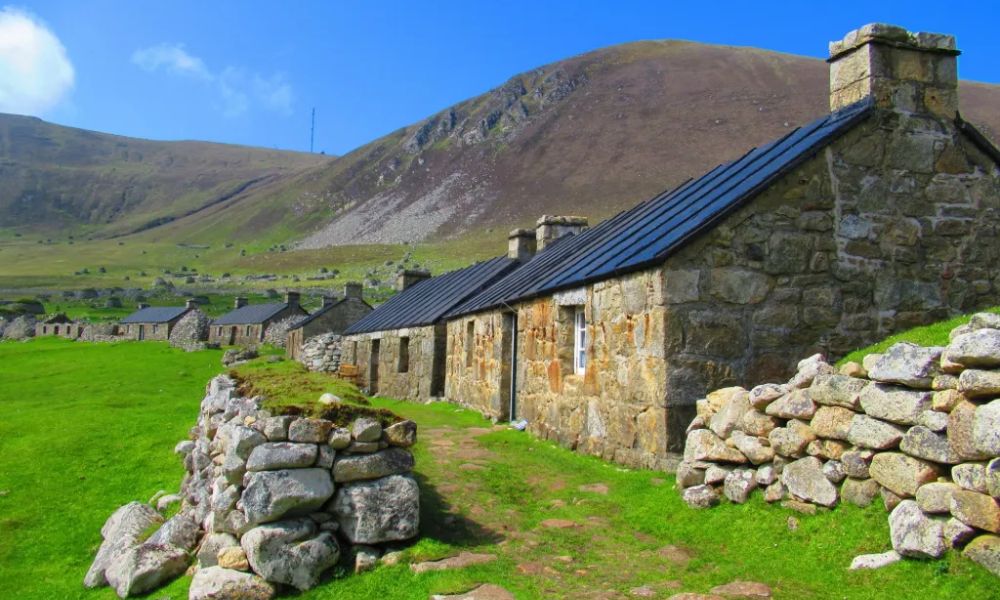
The largest island in the UNESCO World Heritage site St. Kilda is made up of four islands: Soay, Boreray, Dun, and Hirta. The only settlement in the archipelago was located on Hirta. Even though the island's surviving structures show that humans have been there for 2,000 years, Hirta is now empty as all of its residents—less than 80 in total—were evacuated and relocated to the mainland in the 1930s.
The National Records of Scotland state that the Hirta people only ate "oatmeal, salted fowl, and seabird eggs during summer and salted mutton in winter" due to the exceptionally hard living circumstances on the island before the evacuation. The settlement was formerly made up of typical thatched blackhouses, but in the late 1800s, sixteen cottages with slate roofs arranged in a row were built in their stead. These cottages are still visible to visitors today.
For birdwatchers and anybody intrigued by the island's strange past, Hirta is well worth the forty-mile journey west of the Outer Hebrides, even if it is a ghost village. Puffins, Northern gannets, and Northern fulmars are among the uncommon and endangered seabird species that call the cliffs of the St Kilda islands home. Kilda Cruises offers daily day voyages from the Isle of Harris to St Kilda.
Gearrannan Blackhouse Village, Isle of Lewis
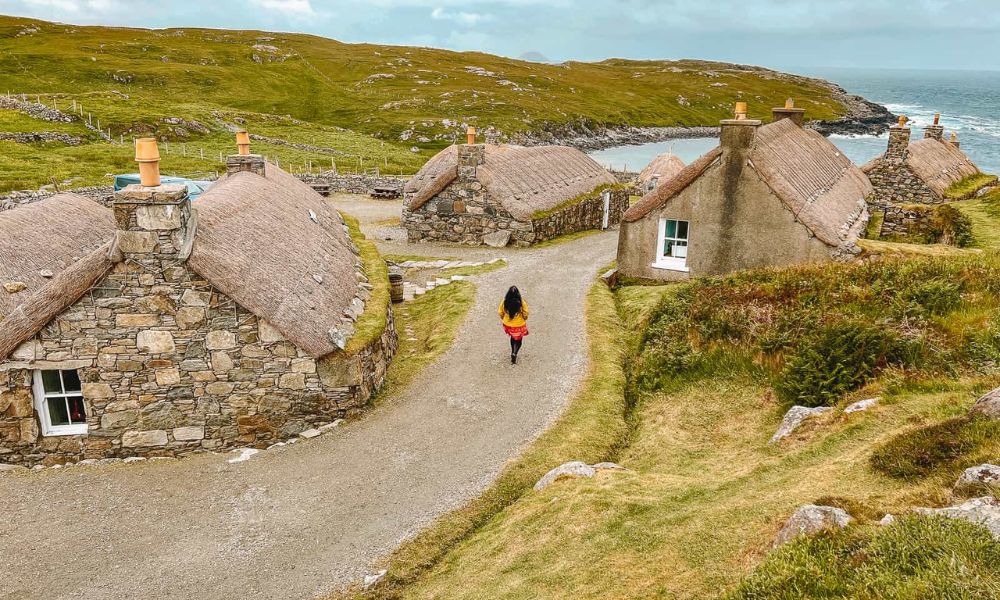
Gearrannan Blackhouse Village, in the Outer Hebrides, is situated on the west coast of the Isle of Lewis, not quite as distant as St Kilda, but still rather secluded. Similar to Hirta, Gearrannan Blackhouse Village is a living museum created to draw and instruct tourists; but, unlike Hirta, it is empty and has undergone extensive renovation.
Blackhouses are dwellings composed of thatch and drystones that were historically utilized as a source of shelter for both people and animals. The Outer Hebrides, Ireland, and the Scottish Highlands were popular locations for these architectural styles. When you visit the Isle of Lewis, you can enjoy not only the breathtaking views of the Atlantic Ocean and exquisite architecture, but you can also stay in one of the blackhouses (which are incredibly reasonably priced), engage in interesting historical activities, and visit the gift shop and café, which are housed in the distinctive structures. For a sight of breathtaking scenery, head to the neighboring beaches of Dalmore and Dalbeg. Don't forget to take a journey to the well-known and enigmatic Callanish Stones, which are nine miles distant.
Culross, Fife
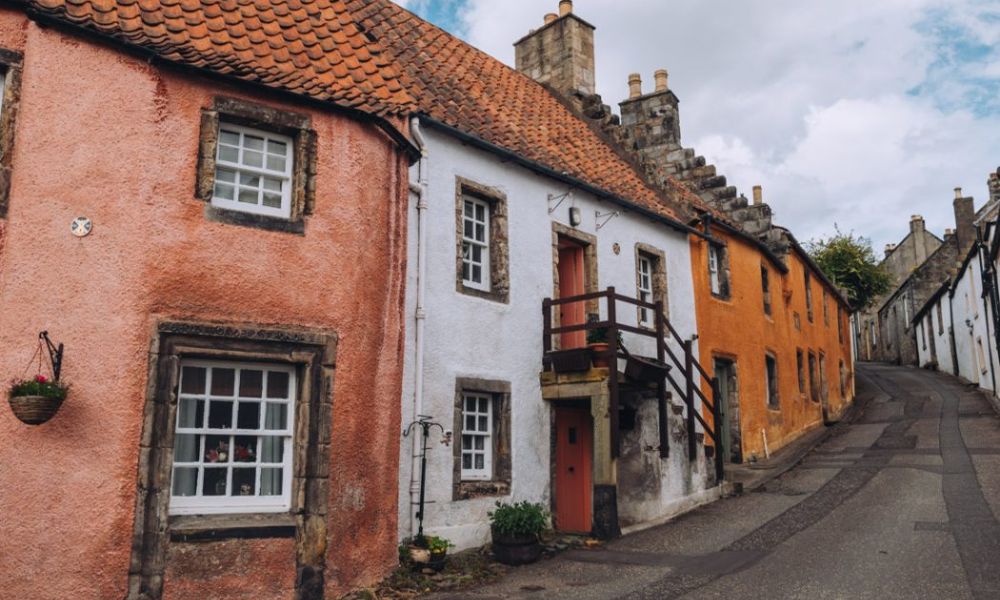
The Royal Burgh of Culross, situated on the mainland and less than 25 miles from Edinburgh across the Firth of Forth, was actually used as a filming site for the television series Outlander. Despite the village's alleged sixth-century founding, what's left is a tastefully renovated 16th-century town with views of the estuary, cobblestone streets, and red-tiled buildings. Culross is safeguarded to stay as true to its 16th-century form as possible because it is a part of the National Trust for Scotland. See the Town House, "where witches were tried and held while awaiting execution," and the vibrant Culross Palace and garden, all of which are recommended by Visit Scotland. Though the village is picturesque, keep in mind that it is not Disneyland. Only about 400 people live there.
Tobermory, Isle of Mull
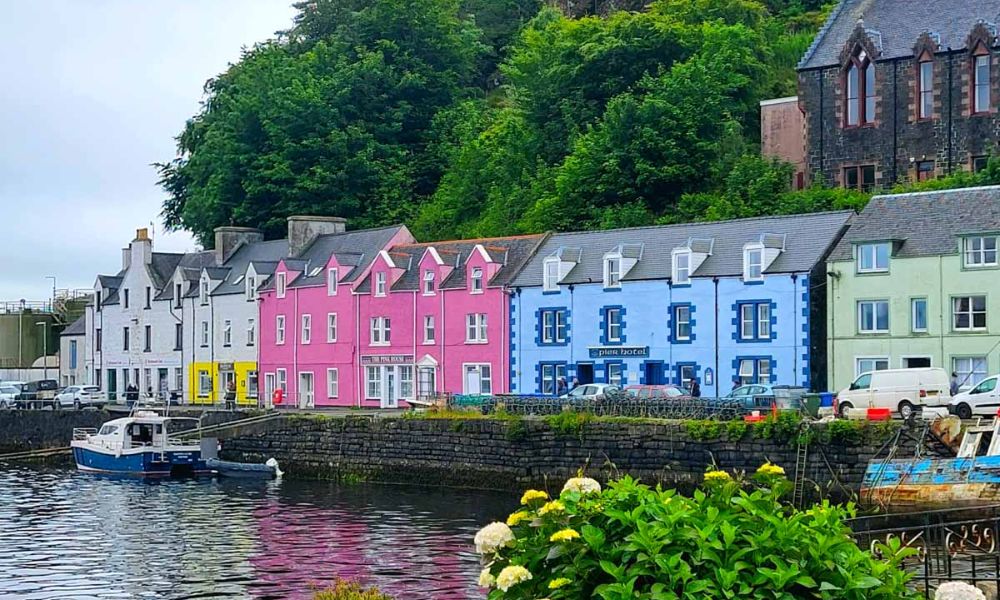
Tobermory is a town on the northeastern tip of the Isle of Mull that faces the mainland across the Sound of Mull. Its main street and 18th-century port are known for their vividly colored homes. Although Tobermory is the island's largest town and offers a wide variety of stores and eateries, its primary draw is not its business district. Tobermory offers some of the best wildlife viewing in the world, including opportunities to view whales, dolphins, Mull otters, and the endangered golden and white-tailed eagles. Just remember to bring your binoculars.
St. Abbs, Berwickshire
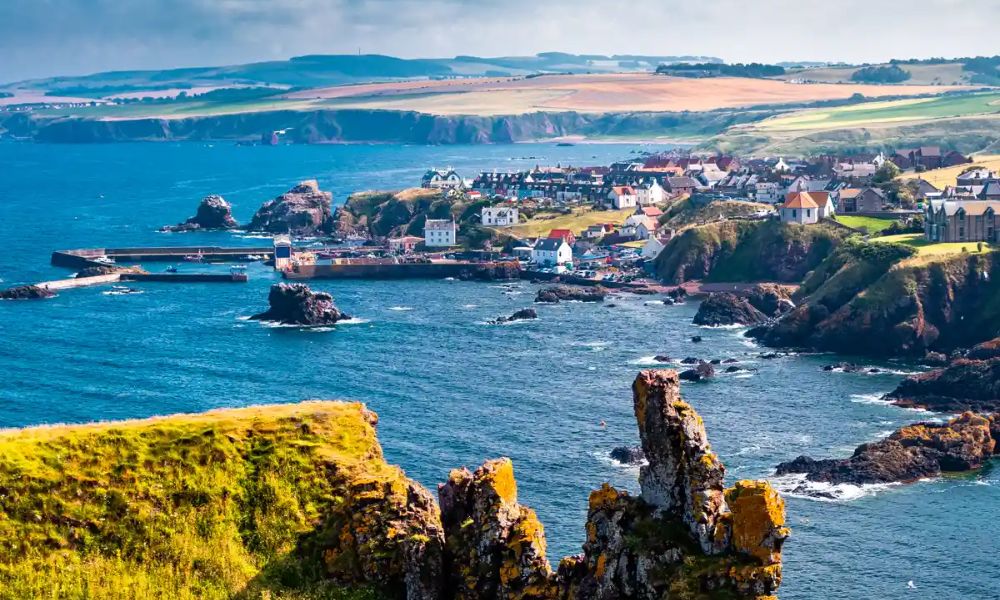
St. Abbs is a fishing community on the North Sea with all the features one would expect from a Scottish coastal village: crags, cliffs, and pounding waves. Put on your hiking boots and stroll the 2.5 miles from town to St. Abbs' Head, the location of the St. Abbs lighthouse, for even more striking views of the breathtaking landscape. You can even make this amazing location your home base because you can rent the lightkeeper's cottage, which is set high on a cliff above the sea. It's worth visiting the St. Abbs' Head National Nature Reserve to take in the breathtaking landscape, get some fresh air, and view some of the local animals, including seabirds and wildflowers. If you would rather to take a stroll along the sandy beach, have a refreshing dip, or engage in some surfing, head to Coldingham Bay, which is located south of the hamlet.

